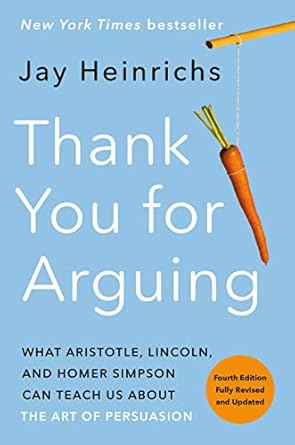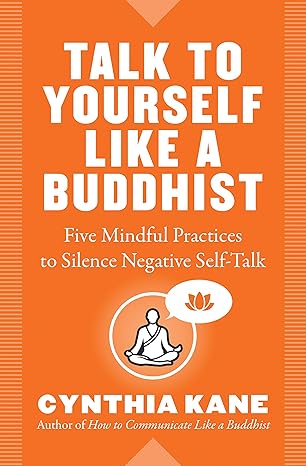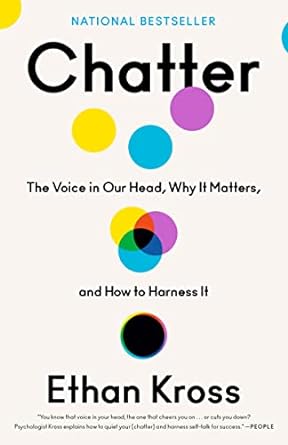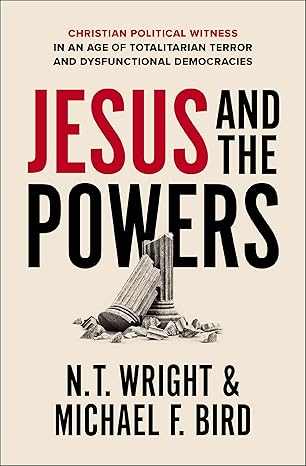
The Art of Peace (Shambhala Classics)
The inspirational teachings in this collection show that the real way of the warrior is based on compassion, wisdom, fearlessness, and love of nature. The teachings are drawn from the talks and writings of Morihei Ueshiba, founder of the popular Japanese martial art of Aikido, a mind-body discipline he called the "Art of Peace," which offers a nonviolent way to victory in the face of conflict. Ueshiba believed that Aikido principles could be applied to all the challenges we face in life—in personal relationships, as we interact with society, and at work and in business.
This edition is a much-expanded version of the original miniature edition that appeared in the Shambhala Pocket Classics series. It features a wealth of new material, including a biography of Ueshiba; an essay by John Stevens thatpresents Ueshiba's views on "The Art of War versus the Art of Peace";newly translated doka,didactic"poems of the Way"; and Ueshiba's own calligraphies.
BEST DEALS
About the Author
Morihei Ueshiba (植芝 盛平 Ueshiba Morihei?, December 14, 1883 – April 26, 1969) was a martial artist and founder of the Japanese martial art of aikido. He is often referred to as "the founder" Kaiso (開祖) or Ōsensei (大先生/翁先生), "Great Teacher".
The son of a landowner from Tanabe, Ueshiba studied a number of martial arts in his youth, and served in the Japanese Army during the Russo-Japanese War. After being discharged in 1907, he moved to Hokkaidō as the head of a pioneer settlement; here he met and studied with Takeda Sokaku, the founder of Daitō-ryū aiki-jūjutsu. On leaving Hokkaido in 1919, Ueshiba joined the Ōmoto-kyō movement, a Shinto sect, in Ayabe, where he served as a martial arts instructor and opened his first dojo. He accompanied the head of the Ōmoto-kyō group, Onisaburo Deguchi, on an expedition to Mongolia in 1924, where they were captured by Chinese troops and returned to Japan. The following year, he experienced a great spiritual enlightenment, stating that, "a golden spirit sprang up from the ground, veiled my body, and changed my body into a golden one." After this experience, his martial arts skill appeared to be greatly increased.
Ueshiba moved to Tokyo in 1926, where he set up the Aikikai Hombu Dojo. In the aftermath of World War II the dojo was closed, but Ueshiba continued training at another dojo he had set up in Iwama. From the end of the war until the 1960s, he worked to promote aikido throughout Japan and abroad. He died from liver cancer in 1969.
Bio from Wikipedia, the free encyclopedia. Photo by unknown [Public domain or Public domain], via Wikimedia Commons.












